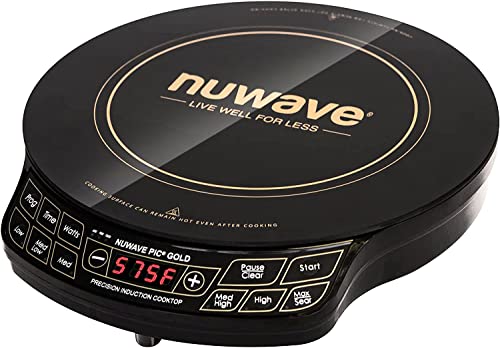SternWake
Well-known member
- Joined
- Nov 30, 2013
- Messages
- 3,874
- Reaction score
- 2
True, my alternaotr forced to seek 14.7v with a depleted battery would require more work from the engine than if it were only allowed to sek 13.6.
BUt 'quite a bit more" in terms of fuel used, well Heck,
I don't care. I'm driving anyway, I want maximum alternator contribution, rather than maximum MPG.
Since you cannot control the voltage your alternator is allowed to seek, and you don;t mind running your generator when driving, by al lmeans use the honda to power the adjustable voltage meanwell or powermax as 14.8v always wins over 13.7 when the batteries are depleted and time to rechrge is limited.
I'd save the option of charging house bank from the alternator though for If/ when your driving pattern changes.
Sell the surepower 1314 voltage sensing solenoid, and put this in its place:
https://www.amazon.com/dp/B011EYWMDS?psc=1
BUt 'quite a bit more" in terms of fuel used, well Heck,
I don't care. I'm driving anyway, I want maximum alternator contribution, rather than maximum MPG.
Since you cannot control the voltage your alternator is allowed to seek, and you don;t mind running your generator when driving, by al lmeans use the honda to power the adjustable voltage meanwell or powermax as 14.8v always wins over 13.7 when the batteries are depleted and time to rechrge is limited.
I'd save the option of charging house bank from the alternator though for If/ when your driving pattern changes.
Sell the surepower 1314 voltage sensing solenoid, and put this in its place:
https://www.amazon.com/dp/B011EYWMDS?psc=1









































































